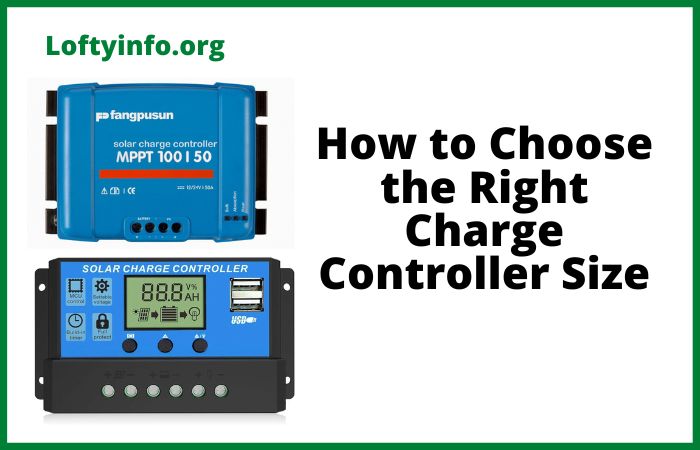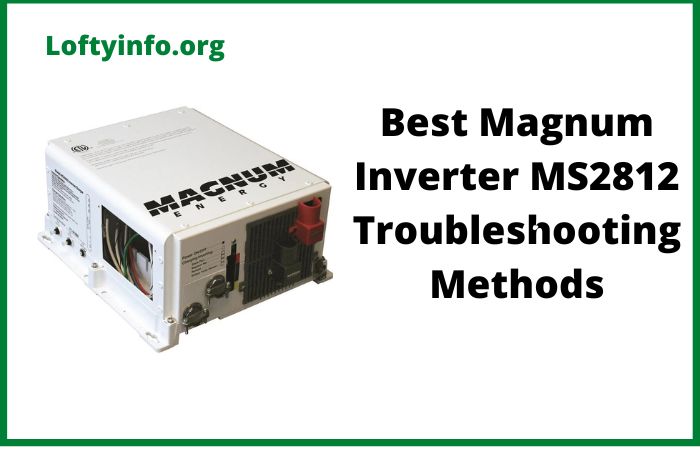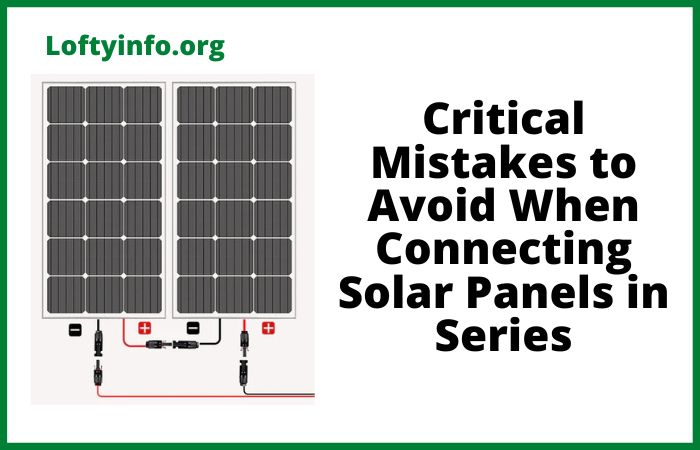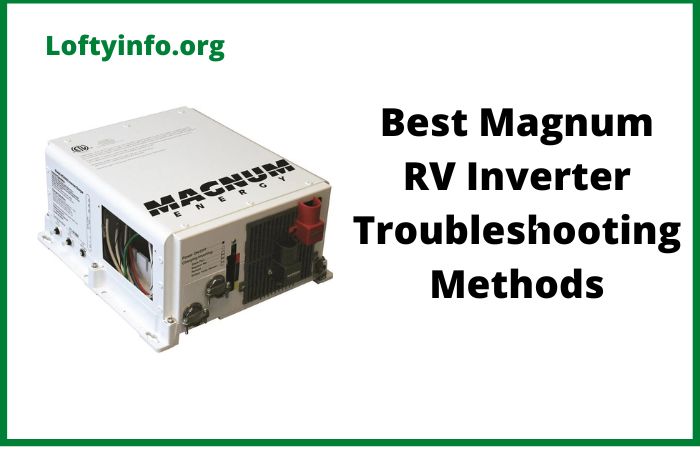How to Choose the Right Charge Controller Size
Selecting the correct charge controller size is one of the most critical decisions you’ll make when designing your solar power system.
The wrong choice can lead to inefficient charging, damaged batteries or even complete system failure.
A properly sized charge controller ensures optimal energy transfer from your solar panels to your battery bank while protecting your investment for years to come.
Whether you’re building an off-grid cabin setup, RV solar system or backup power solution, understanding how to calculate and choose the right charge controller capacity will save you money and frustration.
This comprehensive guide walks you through the essential factors that determine the perfect charge controller size for your specific needs.
Factors To Consider When Choosing The Right Charge Controller Size
1) Solar Panel Current Output and System Requirements
The foundation of proper charge controller sizing begins with accurately calculating your solar panel array’s maximum current output.
This calculation involves more than simply adding up the rated amperage of individual panels, as real-world conditions often exceed manufacturer specifications.
Solar panels can produce up to 25% more current than their rated capacity under ideal conditions with high irradiance and cool temperatures.
To calculate your maximum current requirement, multiply each panel’s short-circuit current (Isc) by 1.25 to account for peak conditions.
For example, if you have four 100-watt panels each with an Isc of 6.5 amps, your calculation would be: 4 × 6.5 amps × 1.25 = 32.5 amps.
This means you’d need a charge controller rated for at least 35 amps to handle peak output safely.
The National Electrical Code (NEC) actually requires this 125% safety factor for continuous loads, making it both a best practice and a code requirement.
Consider that connecting panels in parallel increases current while maintaining voltage, whereas series connections increase voltage while maintaining current.
Your wiring configuration directly impacts the current your charge controller must handle.
When dealing with different panel types or mixed arrays, calculate each panel group separately and sum the results.
Temperature coefficients also play a role, panels produce more current in cold conditions potentially pushing output even higher than the 1.25 factor suggests in extreme climates.
2) Battery Bank Specifications and Charging Requirements
Your battery bank characteristics fundamentally determine what type and size of charge controller you need.
Different battery chemistries have distinct voltage requirements and charging profiles that your controller must accommodate.
Lead-acid batteries typically require bulk, absorption and float charging stages, while lithium batteries need precise voltage control and may require specific charging algorithms.
Battery capacity measured in amp-hours (Ah) influences your charging current requirements. A general rule suggests your charging current should be between 5% and 13% of your battery bank’s capacity for optimal charging without damaging the batteries.
For instance, a 400Ah battery bank would ideally receive 20-52 amps of charging current. This range ensures efficient charging while preventing excessive heating and battery degradation.
Voltage compatibility is equally crucial.
A 12V system requires a 12V charge controller, while 24V or 48V systems need appropriately rated controllers.
Mismatched voltages can damage both the controller and batteries.
Some advanced controllers offer multiple voltage options, but you must configure them correctly for your specific battery voltage.
Battery chemistry also affects charge controller selection.
AGM batteries require different charging parameters than gel or flooded lead-acid batteries. Lithium batteries need controllers capable of precise voltage regulation and may require specific temperature compensation features.
Modern controllers often include preset charging profiles for various battery types, simplifying the selection process.
3) System Voltage Configuration Impact
Your system’s voltage configuration significantly affects charge controller sizing and efficiency.
Higher voltage systems require lower current for the same power transfer, which can reduce wire losses and allow for smaller, less expensive conductors.
This choice also determines your charge controller requirements and component compatibility.
In 12V systems, every component must be 12V compatible and current requirements are highest for a given power level.
For example, a 1200-watt system at 12V requires 100 amps of current (1200W ÷ 12V = 100A), necessitating a large charge controller and heavy wiring.
The same 1200-watt system at 24V only requires 50 amps (1200W ÷ 24V = 50A), significantly reducing controller size requirements and wire costs.
Higher voltage systems like 48V further reduce current requirements but limit your options for DC loads as fewer 48V appliances are readily available compared to 12V options.
Many installers choose 24V systems as a compromise between efficiency and component availability.
Your charge controller must match your system voltage exactly.
A 24V controller cannot be used in a 12V system or vice versa.
Maximum Power Point Tracking (MPPT) controllers can accept higher input voltages than your battery voltage, allowing you to wire panels in series for higher voltage arrays.
This flexibility can significantly improve system efficiency and reduce wiring costs, especially in larger installations where long wire runs would otherwise cause substantial voltage drop.
4) Environmental Conditions and Temperature Considerations
Environmental factors dramatically impact charge controller performance and sizing requirements.
Temperature extremes affect both solar panel output and charge controller operation, requiring careful consideration during the sizing process.
High temperatures reduce panel voltage while potentially increasing current output while cold conditions have the opposite effect.
Charge controllers have temperature derating specifications that reduce their current-handling capacity as ambient temperatures rise.
A controller rated for 40 amps at 25°C (77°F) might only handle 32 amps at 45°C (113°F).
If you’re installing in hot climates or enclosed spaces without adequate ventilation, you must size your controller larger to compensate for this thermal derating.
Cold weather presents different challenges. Solar panels produce higher voltages in cold conditions, potentially exceeding your charge controller’s maximum input voltage rating. MPPT controllers are particularly sensitive to overvoltage conditions.
Calculate your panel array’s maximum voltage at the lowest expected temperature in your area.
Panel voltage increases approximately 0.4-0.5% per degree Celsius below standard test conditions.
Humidity, dust and corrosive environments also influence controller selection.
Marine environments require controllers with conformal coatings or sealed enclosures to prevent corrosion.
Dusty conditions may require controllers with sealed housings to prevent contamination of internal components.
Some controllers include environmental ratings like IP65 or IP67 indicating their resistance to dust and water ingress.
5) Future Expansion Plans and Scalability
Planning for future system expansion can save significant money and complexity down the road.
Purchasing a slightly oversized charge controller initially costs less than replacing an undersized unit when you add more panels later.
Consider your long-term power needs and available installation space when selecting controller capacity.
Many successful solar installations begin as smaller systems that grow over time.
If you anticipate adding panels within a few years, size your initial charge controller to accommodate the planned expansion.
The cost difference between a 30-amp and 40-amp controller is typically minimal compared to the expense and labor of replacing the entire controller later.
However, avoid dramatically oversizing beyond realistic expansion plans.
Extremely oversized controllers can be less efficient at low currents and cost significantly more without providing proportional benefits.
A good rule of thumb is sizing for 150-200% of your current needs if expansion is likely within 2-3 years.
Consider also the scalability of your chosen technology.
PWM controllers are less expensive initially but become cost-prohibitive in larger systems due to their lower efficiency.
MPPT controllers cost more upfront but offer better long-term value and flexibility for system expansion.
They also provide better performance in partially shaded conditions and allow series string configurations that simplify wiring in larger arrays.
6) Budget Constraints and Cost-Effectiveness Analysis
Budget considerations often drive charge controller selection but focusing solely on initial cost can lead to poor long-term value.
PWM controllers typically cost 30-50% less than comparable MPPT units but sacrifice 15-30% efficiency, especially when panel voltage significantly exceeds battery voltage.
This efficiency loss translates to requiring 15-30% more panels to achieve the same charging performance.
Calculate the total system cost including panels not just the controller price.
If MPPT efficiency allows you to use fewer panels, the higher controller cost may be offset by panel savings.
Additionally, MPPT controllers often include advanced features like remote monitoring, programmable charging profiles and better temperature compensation that add value beyond basic charging functions.
Consider the cost of system maintenance and replacement over time.
Higher quality controllers with better protection features and longer warranties may cost more initially but provide better reliability and lower lifetime costs.
A controller failure can damage expensive batteries, making reliability a critical economic factor.
Labor costs for installation and potential replacement should also factor into your analysis. Installing a properly sized, high-quality controller once costs less than multiple installations due to undersized or failed units.
Professional installation costs are the same regardless of controller size, so modest oversizing for future expansion makes economic sense when installation labor is expensive.
Making the Final Selection
Choosing the right charge controller size requires balancing all these factors while considering your specific application requirements.
Start by calculating your maximum current requirements including safety factors, then verify the controller can handle your system voltage and environmental conditions.
Consider your expansion plans and budget constraints to make the final selection.
Remember that charge controllers are long-term investments protecting much more expensive system components.
A properly sized controller will provide years of reliable service while optimizing your solar system’s performance.
Take time to carefully evaluate your requirements rather than rushing into a decision based solely on price or availability.
The investment in proper charge controller sizing pays dividends through improved system efficiency, longer battery life and reduced maintenance requirements.
Whether you choose PWM or MPPT technology, ensuring adequate capacity with appropriate safety margins will protect your solar investment and provide reliable power for years to come.






